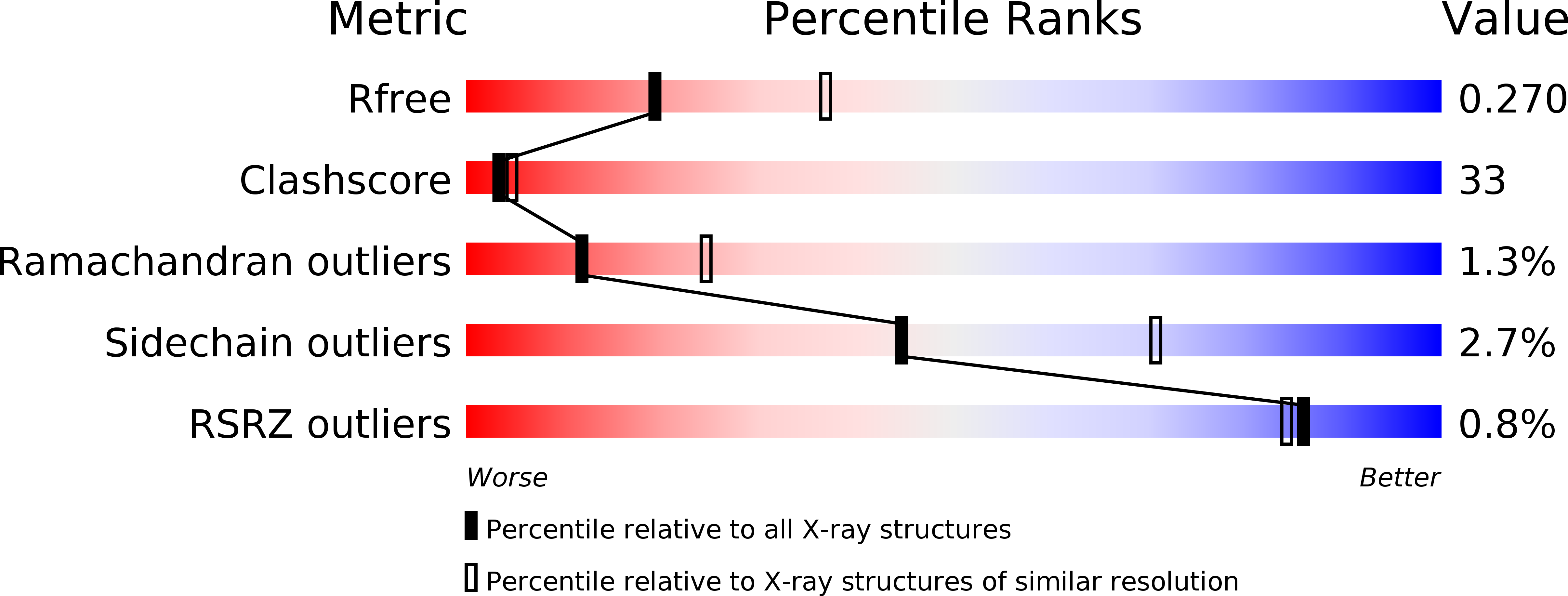
Deposition Date
2006-02-02
Release Date
2006-02-21
Last Version Date
2024-11-13
Entry Detail
PDB ID:
2FWO
Keywords:
Title:
MHC Class I H-2Kd heavy chain in complex with beta-2microglobulin and peptide derived from influenza nucleoprotein
Biological Source:
Source Organism:
Mus musculus (Taxon ID: 10090)
Host Organism:
Method Details:
Experimental Method:
Resolution:
2.60 Å
R-Value Free:
0.26
R-Value Work:
0.21
R-Value Observed:
0.25
Space Group:
P 21 21 21


